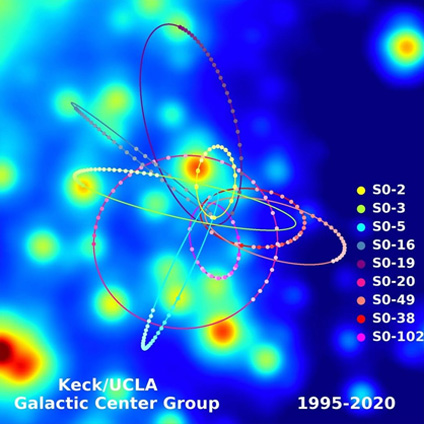BHI Colloquium
Monday, March 4, 2024
11:00 AM – 12:00 PM
BHI Colloquium
Matthew Heydeman

Description
Title: Counting black hole microstates without really counting black hole microstates
Abstract: The Bekenstein–Hawking formula relates the thermodynamic entropy of a black hole to its macroscopic area, but a microscopic quantum description using states and a Hilbert space of gravitational degrees of freedom remains elusive. We will begin with a gentle review of the successes of string theory in counting black hole microstates, usually by bypassing the direct gravitational variables using special (super)symmetries in order to count states in a simpler “dual” description. I will then describe how developments of the last 5 years have shown that these microstate counts should be understood in the context of a (complexified) gravitational path integral. The latter in some situations can be performed exactly, leading to large quantum corrections to the Hawking entropy, even in setups such as General Relativity where a full microscopic Hilbert space is not available. For black holes in string theory, this perspective gives results which are consistent with exact supersymmetric formulas, but also changes the interpretation of what these formulas are counting. Further, these methods also allow us to compute correlation functions of operators in the black hole background, leading to new exact formulas as well as their thermodynamic interpretation in terms of external objects interacting with the black hole.
Bio: Matthew Heydeman works broadly at the interface of black holes in string theory and the AdS/CFT correspondence. He studies how the gravitational path integral gives a microscopic counting of black holes and how spacetime itself may emerge from a more conventional quantum theory.
When
Monday, March 4, 2024 11:00 AM - 12:00 PM
Where
Share
BHI Publication
Expanding Sgr A* dynamical imaging capabilities with an African extension to the Event Horizon Telescope
April 1, 2023
Astrophysical jets are relativistic outflows that remain collimated for remarkably many orders of magnitude. Despite decades of research, the…
Read The BHI Publication



